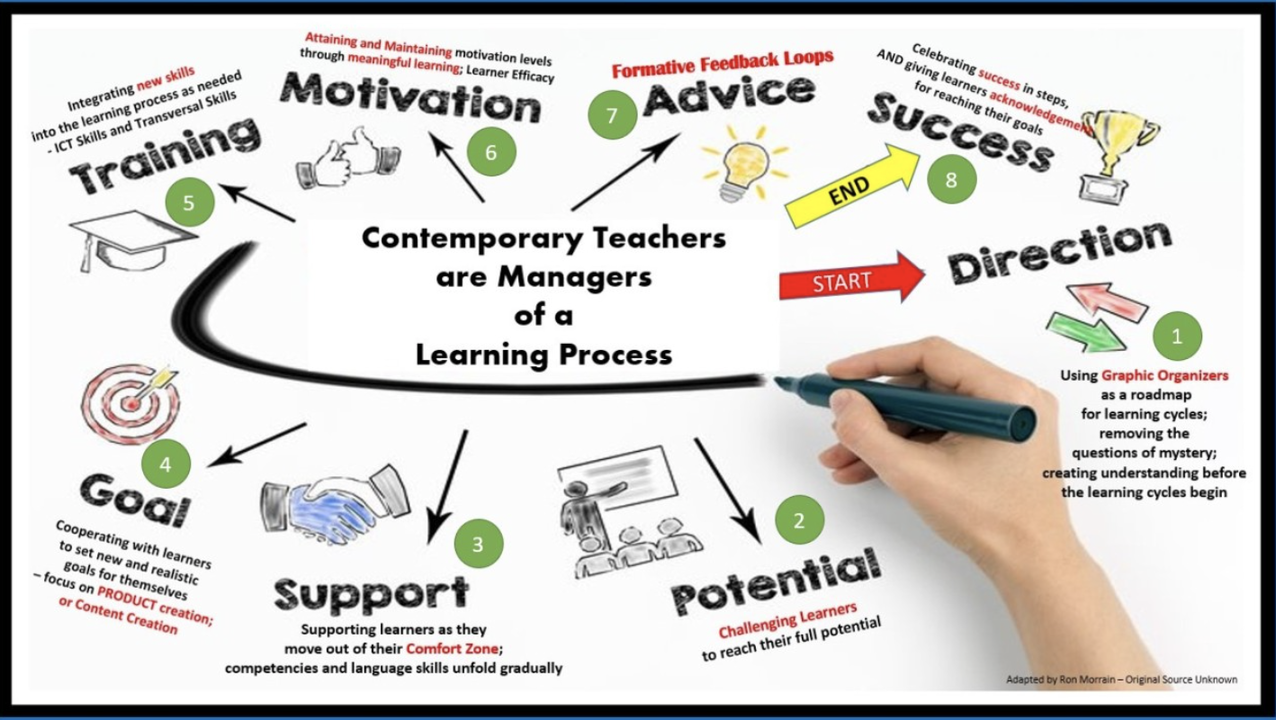Frank Braccia
AI is emerging as a powerful tool, in education, it holds the potential to revolutionise school communities creating a more inclusive and supportive environment for students, parents, and educators. While some may view AI as ‘artificial,’ its effectiveness depends on how it is used and programmed. Below are ways AI can help build stronger school communities.
Enhancing Communication
Communication is the cornerstone of any school community, but school leaders and administrative teams can often struggle with consistency, especially in busy or understaffed schools.
AI can address this challenge by using:
Chatbots: AI-driven chatbots can answer common queries from parents, students, and staff, providing instant responses and reducing the burden on administrative staff.
Translation Tools
AI can bridge language barriers in diverse school communities by offering real-time translation services for meetings, newsletters, and announcements, ensuring engagement from all stakeholders and respecting diversity.
Personalised Notifications:
AI enables schools to send tailored updates and emails ensuring that everyone receives relevant and timely information. Personalized emails, as opposed to generic ones, have shown to receive better responses from parents and students, as they feel more valued and understood. This individualised approach helps ensure that each stakeholder receives the information most relevant to them, enhancing overall engagement and support within the school community.
Newsletters:
AI can automate the creation of newsletters, cutting down the time needed to compile and distribute curriculum updates and important information.
Promoting Collaboration
AI fosters collaboration by creating platforms and tools that enhance teamwork:
Virtual Collaboration Spaces:
AI can facilitate virtual spaces for teachers, students, and parents to collaborate on projects, enhancing communication and information sharing.
Community Building Activities:
AI can use analytics to identify shared interests and organize events or clubs, further bringing the community together.
Supporting Students
AI plays a crucial role in prioritising student well-being:
Early Intervention:
AI can analyse behavioural patterns, attendance records, and academic performance to identify students who need additional support, enabling targeted interventions.
Mental Health Tools:
AI-powered applications can provide access to mental health resources, including virtual counselling and mindfulness exercises.
Student Achievement:
AI can assist in creating personalised, data-driven curriculum plans by analysing learning patterns and suggesting modifications to address individual needs.
Student Assessment:
AI can automate grading and provide instant feedback, offering insights into areas of strength and areas for improvement.
Career and University Guidance:
AI can analyse students’ skills, interests, and academic performance to provide personalised career pathways, recommend potential universities, and match students with programs that align with their aspirations. It can also assist in drafting letters of recommendation by using student data to objectively highlight their key strengths and achievements, ensuring that the recommendations are compelling and tailored to their goals. By streamlining these processes, AI provides invaluable support to students in reaching their academic and career potential, while also alleviating teachers’ workloads, allowing them to focus on more direct and effective support for students throughout the university admissions process.
Streamlining Administrative Tasks
Administrative efficiency is key to allowing educators to focus on community-building. AI can streamline tasks like:
Parent-Teacher Conference Scheduling:
AI systems can automate the scheduling process, reducing stress and time spent organising meetings.
Creating Class Schedules:
AI-powered scheduling tools can automate class schedules, resolving conflicts and optimising resource allocation.
Tracking Absences:
AI can track absences and tardiness, providing real-time insights and notifying parents promptly.
Assignment submissions:
AI systems can monitor other key metrics, such as assignment submissions, behavioural trends, and extracurricular participation, offering schools a comprehensive view of student engagement and well-being to inform targeted strategies for improvement.
Challenges and Ethical Considerations
While AI offers numerous benefits, challenges such as data privacy, algorithmic bias, and the need for human oversight must be addressed. School leaders and staff must also understand how to effectively utilize AI and ensure its ethical application. AI serves as a partner in the process of building school communities, but it is NOT a replacement for leadership.
Conclusion
AI has the potential to transform school communities, creating stronger, more vibrant environments that benefit students, educators, and families alike. By integrating AI thoughtfully and strategically, schools can fostering a more inclusive and thriving community……. And yes I have utilized AI in preparing this essay.








